SUSTAINABILITY
AND ENVIRONMENT
OUR RESPONSIBILITY
Banner has been committed to optimum safety, health and environmental protection for many decades. Strict guidelines constantly brought into line with new findings offer optimum protection for employees, neighbours, customers, consumers and the environment.
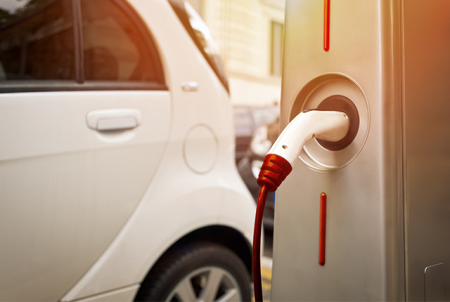
ENVIRONMENT & RESPONSIBILITY
Global warming and the increasing scarcity of fossil fuels are leading to environmental regulations and consequences.
To reduce CO2 emissions from new vehicles, manufacturers are turning to micro-hybrid drives. Battery technology plays a decisive role in this!
In these environmentally friendly vehicles, two different starter battery systems are basically used: AGM* (Absorbent Glass Mat) and EFB* (Enhanced Flooded Battery).
* AGM = absorbent glass mat, where the acid is absorbed into the glass matting, which binds it.
* EFB = enhanced flooded battery, the cycle-resistant starter battery.

MODERN & ENVIRONMENTALLY FRIENDLY
Banner Batterien operates one of the most modern and environmentally friendly battery plants in Europe.
Sustainability and environmental protection are an essential part of the company’s philosophy. Banner is a founding member of the Environmental Forum on Starter Batteries. As a lead-emitting company, Banner accepts a special responsibility.
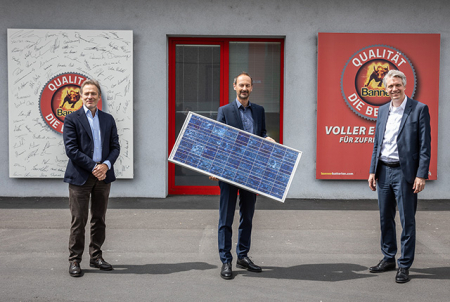
POWER FROM THE SUN
A 3,000 m² photovoltaic plant is being built at the Linz site by LINZ AG.
This will supply the site with almost half a million kilowatt hours of emission-free solar power per year. The electricity generated by the plant will be used entirely in the production of starter batteries, industrial batteries and accessories.

BATTERY TRANSPORT & COLLECTION NETWORK
Our network, which is used to deliver new batteries, is also used to reliably collect used batteries and send them for recycling. At recycling facilities, used batteries are disassembled and their components are separated before the recycling process can begin.
LEAD
Lead-containing ingredients and lead oxide are used in the production of new batteries. Recycled lead is also used to make new lead grids.
PLASTIC
Plastic battery casings and covers are collected and shredded. The plastic pellets recovered from this process are used in the production of new casings and covers.
ELECTROLYTE
Used electrolyte is processed into sodium sulphate. This is used as a solid in textile, glass, cleaning and fertiliser production.
EUROPEAN RECYCLING CHAMPION!
Banner lead-acid batteries: 100% recycling rate!
Comparing EU recycling rates:
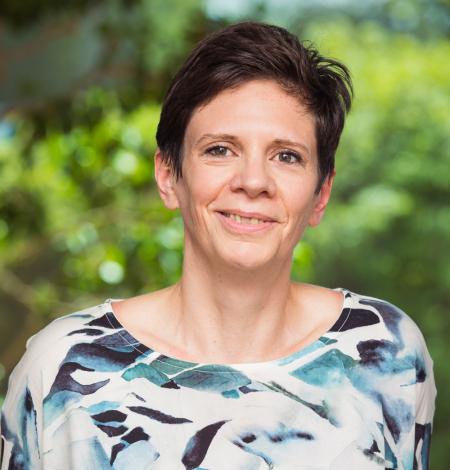
Interview with Dipl. Ing. Lupac Tina
Head of Safety and Environmental Management, Banner GmbH
What does sustainability mean to you?
Every individual can make a contribution to sustainability. Companies in particular bear a high level of responsibility here - towards people and nature. For example, Banner has aligned its production in Leonding with the strictest environmental and safety standards since the very beginning. Likewise, future innovations and investments will also follow this guiding principle.
What makes the Banner company sustainable?
The very fact that Banner is a third-generation family business is proof of sustainable management. Banner is able to supply itself autonomously with water from its own wells at its main site in Linz-Leonding. As well as this, we obtain 100% of our electricity from renewable energy sources, such as hydropower, wind energy, solid and liquid biomass, photovoltaics, biogas and other green energy.
For us, a vehicle battery is only “green” if, besides being used in propulsion concepts that save fuel and CO2, the procurement and reprocessing of the resources used are also organised with as little waste as possible. In this respect, the lead-acid battery is a prime example without equal among alternative battery technologies for vehicles.
An established recycling loop with the highest collection rate among all recyclable goods on the market, makes the lead-acid battery a role model for a resource-saving and sustainable product
When it comes to the environment, what are the two most important sustainability goals your industry should focus on?
- Effective conservation of resources
- Production in accordance with the latest quality standards
To us, sustainable management means producing high-quality products for our customers in compliance with all guideline values!
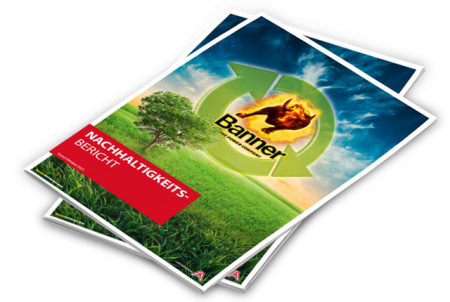
Banner sustainability report
The purpose of this report is to provide an overview of how Banner implements sustainability in its processes and what progress has been made in the past. For this reason, this report is updated every two years to keep Banner partners informed of the latest developments.

Banner Environmental Policy
Banner is aware of its responsibility towards the environment and future generations. This is why the environmental policy is decided upon, implemented and controlled at the highest management level as a key strategic management tool. The current version of the environmental policy, validly signed by the management, is known to all employees and accessible to everyone.
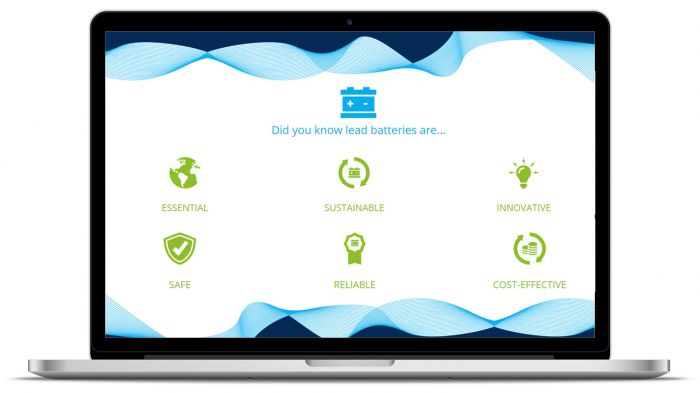
CHARGE THE FUTURE
Europe’s innovative, low-carbon lead-acid battery value chain.
Charge the Future shows how lead-acid batteries and the European lead-acid battery industry are supporting a low-carbon future. Lead-acid batteries are integral to essential products and services, including vehicles, renewable energy storage, mobile phone backups and data centres. They are used for many other applications, including industrial energy, powering forklifts, and throughout the rail and mass transit industries.

